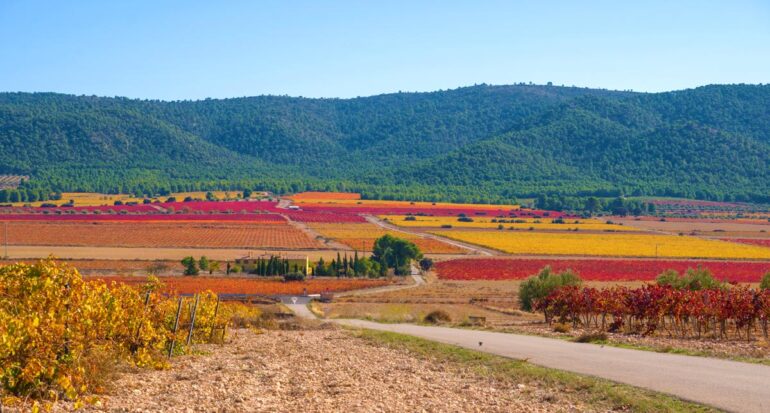Listeners:
Top listeners:
00:00
00:00
volume_up
chevron_left
-
 play_arrow
play_arrow
Costa Blanca Radio The Sound Of The Costa
-
 play_arrow
play_arrow
FeelGood Radio The Sound Of The Costa
music_note

share
close
As you walk through Spanish cities, you’ll come across them everywhere: Calle Jaume I. It sounds grand — like a tribute to one of the greatest conquerors in Spanish history. But if you look more closely, you’ll notice that these street names are often not found in the most prestigious parts of town. Maybe it’s a form of historical irony: perhaps Jaume I was mostly the king of the backstreets?
The hero of the Reconquista — or not?
Jaume I, also known as Jaume the Conqueror, was the king of Aragon and Catalonia in the 13th century. His biggest claim to fame: reclaiming parts of Spain from the Moors, including Valencia and the Balearic Islands. These campaigns are still commemorated every year through the colourful Moros y Cristianos festivals that pop up all over the Costa Blanca.
For some Spaniards, he’s a hero who brought Christianity back. For others—especially in formerly Moorish regions—he was more of a conqueror than a saviour. That mixed legacy might explain why streets named after him are more often found in working-class neighbourhoods than in upscale areas.
Yet the influence of Jaume I can also be found in places with the grandeur you’d expect from a king. Take the Alhambra Palace in Granada, a masterpiece of Moorish architecture later expanded and repurposed by Christian rulers. Its graceful arches and intricate mosaics are living proof of the complex cultural fusion Jaume I left in his wake.
Personal tip: visit the Castillo de Santa Bárbara in Alicante.
One of the best places to learn more about Jaume I is the Castillo de Santa Bárbara in Alicante.
Legend has it that Jaume I once stood here, surveying the city as his troops launched their attack. Whether that’s true is up for debate — but the view alone makes it worth the climb. And while you’re there, treat yourself to a tinto de verano at one of the terrace bars in the old town. Who says history has to be boring?
A king with a flair for drama
Jaume I knew how to craft a legend. In chronicles — often penned by his own court scribes — he was portrayed as a sort of medieval action hero. Some even claim he fought battles without armour to inspire his troops. Whether that’s true is debatable, but one thing’s certain: it created a myth that still lives on today.
The irony of the street signs
Perhaps it’s symbolic that Jaume I’s name appears mostly in working-class neighbourhoods and not the city’s grand boulevards. It shows that history is ultimately lived by everyone — not just kings and nobles. It’s an ironic twist that fits perfectly with the Spanish sense of humour: even the mightiest conqueror, King Jaume I, can end up tucked away in the forgotten backstreets of town.
Written by: Eva van Rijn
Costa Blanca history Jaume I Jaume I street signs Medieval Spain Moorish influences Reconquista Spanish history Valencia history Viva Cultura
Rate it
Similar posts
Search
Latest news

The art of cozy living: why Spaniards don’t need candles

Slow mornings: why starting your day slowly makes it better

Stews and stories: comfort food just like grandma used to make

Warmth without waste: how to keep your Spanish home comfortable

The scent of chestnuts: Spanish autumn dishes on the Costa
-
Recent Posts
- The art of cozy living: why Spaniards don’t need candles
- Slow mornings: why starting your day slowly makes it better
- Stews and stories: comfort food just like grandma used to make
- Warmth without waste: how to keep your Spanish home comfortable
- The scent of chestnuts: Spanish autumn dishes on the Costa
© 2025 The Sound Of The Costa; All Rights Reserved


